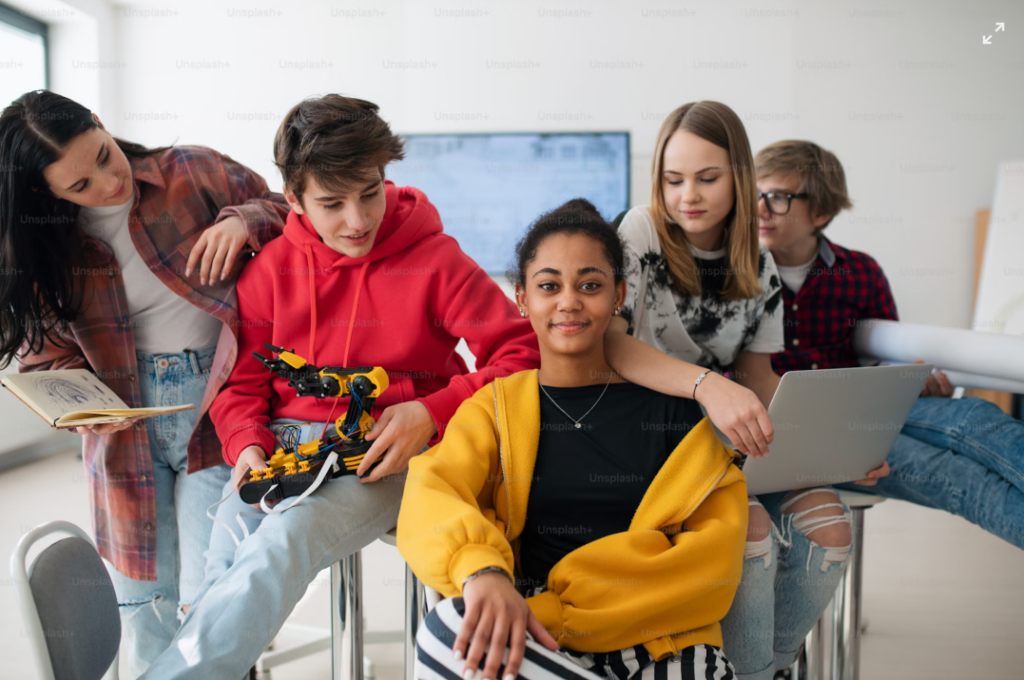
Today in class we discussed FIPPA, privacy, and consent in terms of how we introduce students to technology and how we have them engage with it. Importantly we discussed how to ensure student safety as they are working with technology or being included in photographs. Key to this is acquiring the students’ consent in all areas: if they’d like to be photographed, if they are comfortable with their photos being posted online privately or publicly, if there are any sites they would not like to be included in etc. Realistically photos will be taken of students and may even be posted online (on school websites or social media). I don’t personally think that that is entirely wrong, so long as there is consent from students and teachers.
The organization I currently work for often uses images of athletes to advertise or share events on social media and to do so requires parents to fill out consent forms. All coaches know which athletes have not given consent and are careful to not have them posted. By posting on social media we allow parents to see events that their children are included in, but also other events throughout different age groups thus creating a larger community feeling outside the pool.
However, a social media account run by the school (or any organization) differs greatly from a personal social media account held by a teacher. Personally, I never post images of the athletes I coach on my personal social media accounts, nor do I follow any parents or athletes. Internet safety is a vitally important skill to be teaching to young kids today. I do not want athletes to get the impression that it is appropriate for adults to engage with them in online spaces, even if they know and trust me.
Privacy and consent go beyond simply preventing problems with parents. The internet is more vast and permanent than we realize, and anything we post about students will contribute to their long-term digital footprint. It’s important that we, as teachers, engage with the internet cautious of the effect anything we post about students may have.
Something I found interesting today was the warning not to have students sign up for apps (or at the very least be cautious about what apps/websites you have them sign up for). I never considered the consequences of having students use their full name or email to access these sites, let alone how apps can track location. There are many ways our information is taken on the internet, some of which is posted by us, but much of it is stuff we give without thinking of where it’s going. Even today I feel I am still learning how to protect my privacy online. With this consideration, I think it is vital that students are explicitly taught about internet safety and what it means to exist online.
Overall, teachers have a responsibility to protect student’s privacy online, be that through controlling where school-related images are posted, gathering consent, or educating students on the impact of their digital footprint and how to safely engage online. Going forward I hope to learn more about what I can do to educate students on internet safety and use technology in a way that keeps them safe.
Sorry, but comments are not enabled on this site.